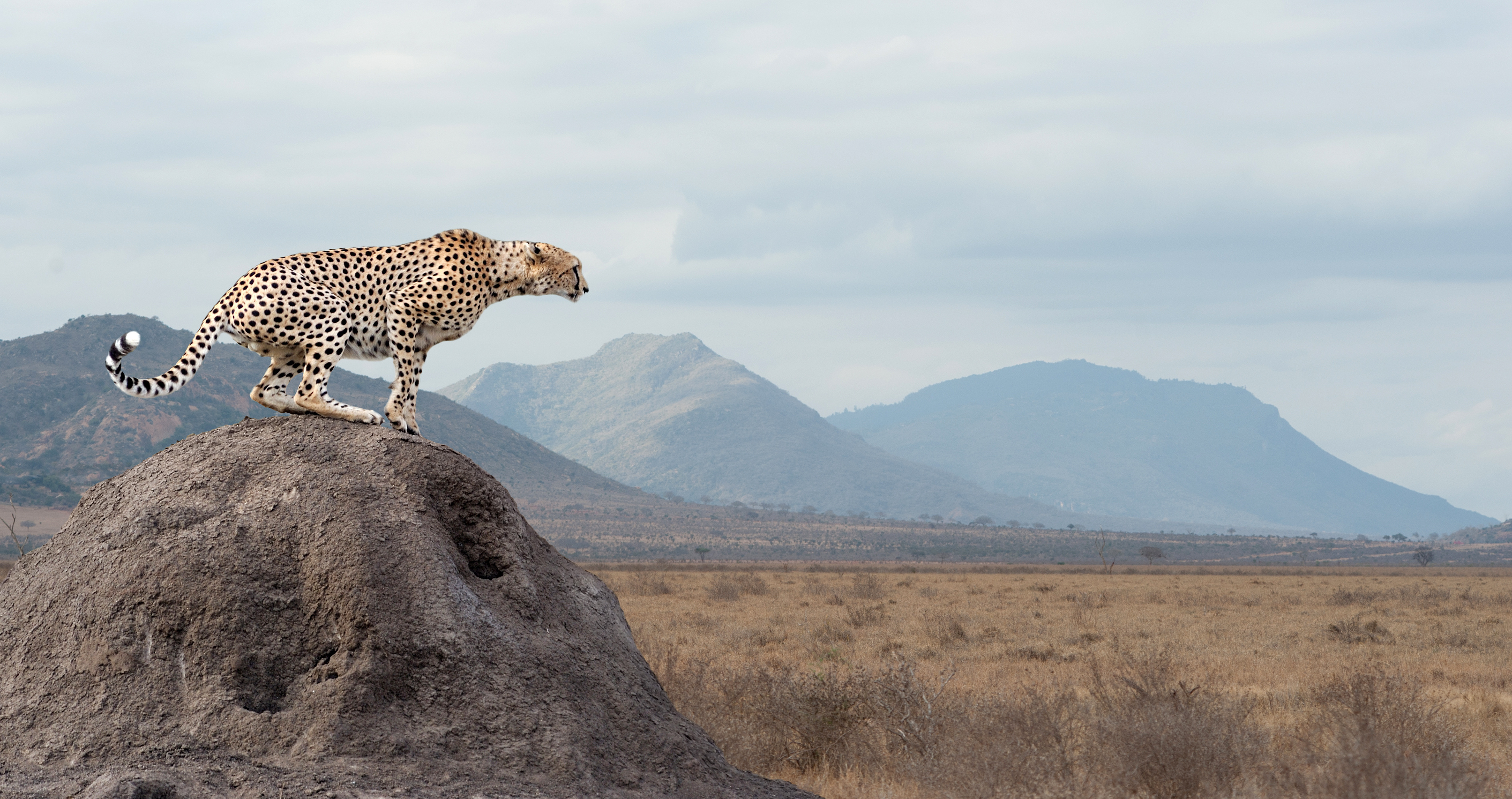Spotting India’s Future… Cheetahs Start to Prosper
India has such an iconic and distinctive natural heritage. We can all put a name to some of its most majestic wildlife: the Bengal Tiger, the Indian Elephant (of course), and, for wildlife that isn’t so wild, the lumbering sacred cow that remains so pleasantly indifferent to car horns. But what about the Cheetah…an icon of the African plains (certainly) but not so readily identified with the rolling grasslands of the subcontinent. Well, that’s all about to change because, for the first time in seventy years, Cheetahs have now been reintroduced into the Kuno-Palpur National Park in Madhya Pradesh: eight of them, to be precise; and at least on this occasion, we’re all hoping Cheetahs will prosper.
Until they were formally declared extinct in 1952, Cheetahs were as much a part of India’s ecosystem as the Tiger or the Elephant, but they died out because of an all too familiar twenty-first-century problem: an oblivious indifference to the well-being of the planet and a profound failure to understand the importance of nurturing a sustainable environment. Seventy years ago, the ravages of industrial development (mostly, it has to be said, under the two hundred years of “stewardship” (you’ll notice I’m using inverted commas there) of the East India Company and the British Raj), India’s natural the environment had been ruthlessly torn apart. The former mother country might have brought railways to the Subcontinent, but it also decimated its indigenous hinterland, with an appalling growth in pith
hatted hunters in howdahs and a pattern of unrestrained poaching.
So, within five short years of India gaining her hard-won independence, the Asiatic Cheetah was gone (and, within a hair’s breadth, the Bengal Tiger too)…Those noble creatures that had graced the Subcontinent for thousands of years were now to be found (if they were to be found at all) stuffed and skinned in the hallways of English stately homes or the semi-detached bungalows of retired army officers in Eastbourne. Nothing could speak so profoundly of a cold contempt for the natural world, and
it’s a sad heritage we’re still struggling to come to terms with today…
Worldwide today, there are only 7,000 Cheetahs left in the wild.
So three cheers then for the Indian Ministry of Environment and Forests (www.india.gov.in): they’ve taken a decisive first step to restore the natural fauna everyday Indians would have been familiar with two hundred and fifty years ago before Robert Clive stumbled onto the dockside at Bombay (Mumbai to you and me). And another three cheers for the Supreme Court of India too, which ruled in 2020 that Cheetahs could be returned in a “carefully chosen location”: after all, however much we love them, and we don’t want them prowling around the dining room…
Bhupender Yadav, the Subcontinent’s Environment Minister, caught the mood perfectly with that most modern of media, the Tweet (of course): “Completing seventy-five glorious years of Independence by restoring the fastest terrestrial flagship species, the cheetah, in India, will rekindle the ecological dynamics of the landscape…with the larger goal of re-establishing ecological functionality in the Indian grasslands”.
And the scale of that ambition is iconic, too: just as iconic as the tiger, the elephant, the sacred cow, and now, thankfully, the cheetah. It’s a compelling symbol of a fresh determination to preserve our precious planet for future generations…and, as so often before, India is taking the lead.
EXECUTIVE OVERVIEW
Some changes are truly iconic, and the reintroduction of Cheetahs to India’s forestland is one of them. It marks a further step away from an unhappy colonial past and a fresh determination to embrace the future needs of an increasingly threatened planet.
Invest in Red Ribbon Asset Management

Red Ribbon Asset Management (www.redribbon.co) aims to harness the full potential of fast evolving and emerging technologies to meet the needs of global communities as part of a circular economy, fully recognising the compelling demands of planet people and profit.





%20(1).jpg)


Leave a Reply